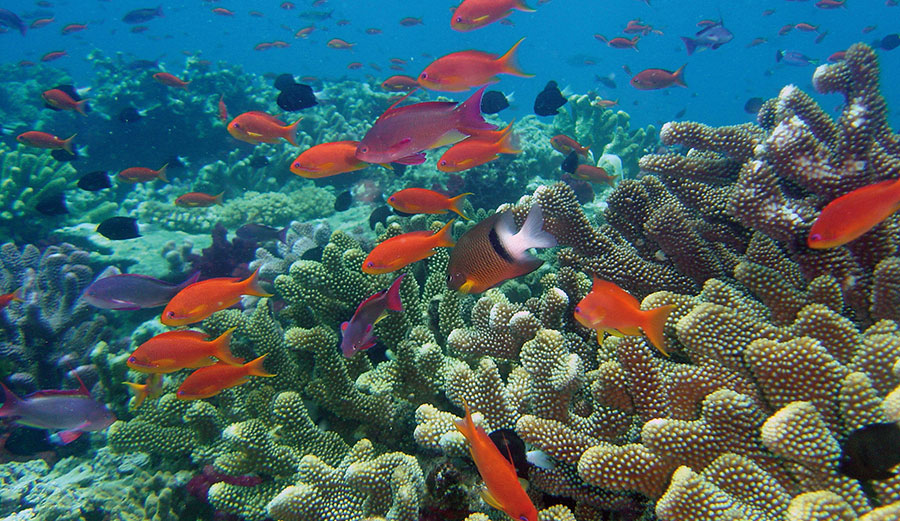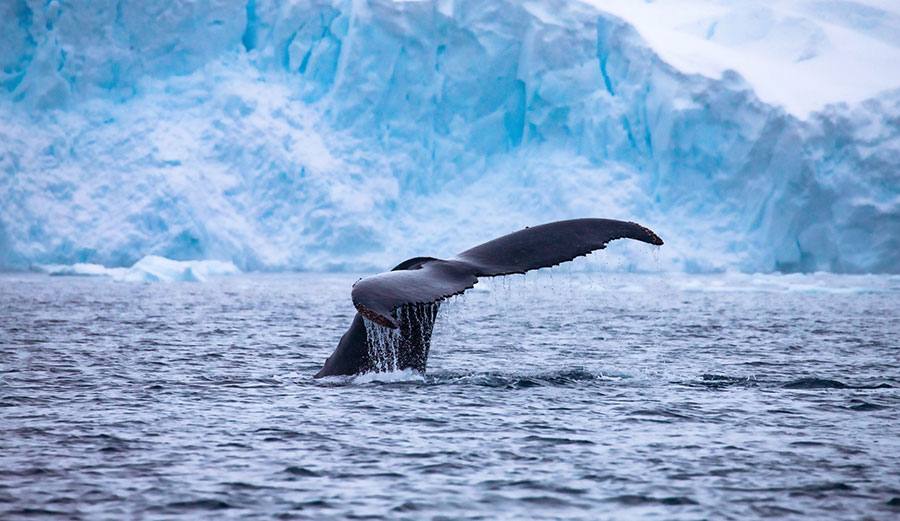
The ocean is home to incredible biodiversity. Photo: Lee Kelai on Unsplash
The ocean is the most defining physical feature of Earth, covering 71 percent of the surface of this planet. It is home to incredible biodiversity, ranging from microscopic bacteria and viruses to the largest animal on Earth, the blue whale.
We still do not know how many species live in the ocean, but the disappearance of an increasing number of them suggests that mass extinction is taking place, perhaps at a faster rate than on land.
The stakes for ocean biodiversity have never been higher than they are this decade, and now more than ever, we need results. A widely promoted target is to bring 30 percent of marine area under protection by 2030 – a major step that will contribute a great deal to marine biodiversity. But how can the world achieve it?
The Need for New Solutions
Saving the ocean will require a firm commitment from maritime countries. There will be no single solution but a mix of several approaches to be applied, and we don’t have the luxury of time in which to do it.
One measure that can be enforced without delay is slashing any form of government incentive that supports unsustainable fishing. Instead, allocated funds should be invested in sustainable aquaculture.
Nature-based solutions that are historically rooted in sustainable conservation management, such as habitat-integrated fishing (a technique designed to preserve the ecosystem while fishing), are fundamentally important but cannot measure up to the challenge facing the ocean.
It is in this context that the application of emerging technologies and eco-engineering solutions become most relevant. Older technology has driven human capacity to exploit resources, but emerging technologies have the potential to undo some of the damage to the ocean ecosystem.

We will not meet biodiversity goals without harnessing new technologies. Photo: David Burdick/WorldFish, CC BY-NC-ND
The Role of Technology
There is currently no possibility of the world reaching the 30 percent target for marine protected areas (MPAs) with existing policies and systems of governance. Most countries have declared MPAs in their exclusive economic zones but due to poor enforcement the coverage, only 2.7 percent of the ocean can be considered highly protected.
The reason for this is simple: most countries cannot afford the large number of marine park rangers and navigational equipment required to enforce the protection of these areas.
But there is hope. Specific new technologies have enormous capacity to help the world reach its ocean targets.
These technologies include sensors, drones, robots and artificial intelligence, all of which can use real-time information on ocean conditions and human activities to respond at a speed never seen before.
Imagine a robotic fish equipped with sensors and AI collecting data in difficult-to-access ocean depths, or under rough conditions in the high seas, following marine creatures whose lifestyles are currently unknown to humans and detecting biodiversity hotspots, as well as sources of pollution and illegal fishing.
Other technology-driven solutions are already in use today.
Drones are increasingly used in real-time monitoring of ocean fisheries, including the operation of fishing vessels. Habitat mapping and thermal imaging using infrared cameras are currently being deployed to survey populations of Atlantic scallops and tracking of whales in their migration.
3D-printed corals and seawalls made up of sustainable and environmentally friendly tiles are already available and in use, while 3D-printed substrates offer a stable foundation for newly planted seagrass beds or coral reefs.
Making It Happen
Deploying emerging technologies at scale can make a huge difference in exploring the ocean and protecting marine life.
Effectively enforced MPAs will contribute significantly to the replenishment of marine biodiversity and play a major role in rebuilding depleted fishery stocks and building resilience against the effects of climate change.
To take advantage of the promise of technology, we will need advanced systems and platforms to be put in place, and this requires budgetary allocations and international agreements.
The UN Convention on Biological Diversity contains five goals and 20 targets for preventing species loss, known as Aichi Biodiversity Targets. The Conference of the Parties, which is the governing body of the convention, should now review the progress of these targets, determine the causes for failures in implementation and suggest how to address continued biodiversity loss with technology.
We need new governance structures and consensus on action and accountability. Countries need to be able to share information and verifiable data metrics to track progress on preserving ocean biodiversity. When all these activities and actions are in place, it will be nothing less than a revolution for the ocean.
This article is republished from The Conversation under a Creative Commons license. Read the original article.
Credit: Source link




















